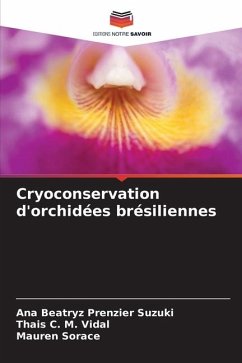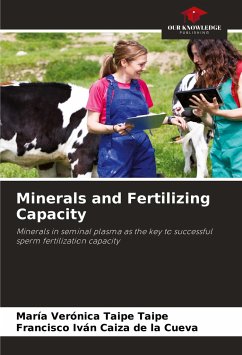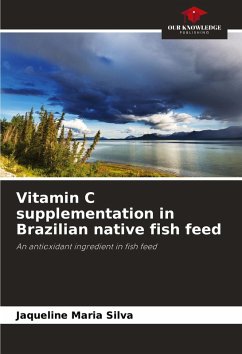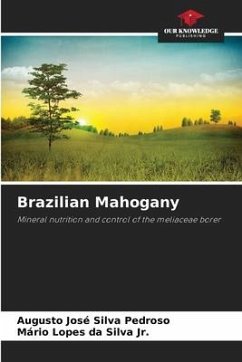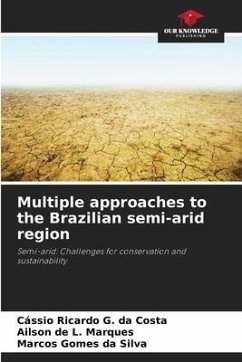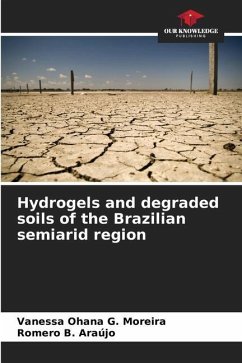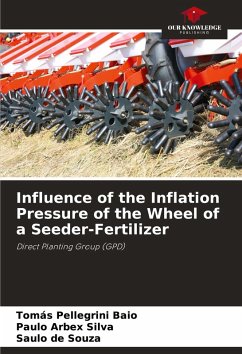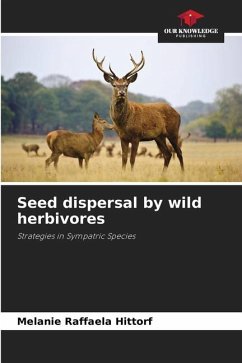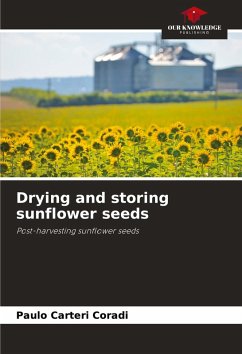
Cryopreservation of Brazilian Orchids
Versandkostenfrei!
Versandfertig in 6-10 Tagen
27,99 €
inkl. MwSt.

PAYBACK Punkte
14 °P sammeln!
The trade in native orchids has been based on extractivism, which, together with the destruction of their natural habitats and the advance of agriculture, has led to the extinction or near extinction of many species. Germplasm banks are important tools and the simplest way of conserving and maintaining genetic material. Cryopreservation is a conservation process in which biological material is subjected to ultra-low temperatures using liquid nitrogen (-196ºC). However, in order for structures to be recovered after cryopreservation, it is necessary to add cryoprotective substances. The aim of ...
The trade in native orchids has been based on extractivism, which, together with the destruction of their natural habitats and the advance of agriculture, has led to the extinction or near extinction of many species. Germplasm banks are important tools and the simplest way of conserving and maintaining genetic material. Cryopreservation is a conservation process in which biological material is subjected to ultra-low temperatures using liquid nitrogen (-196ºC). However, in order for structures to be recovered after cryopreservation, it is necessary to add cryoprotective substances. The aim of this study was to develop protocols for the cryopreservation of Brazilian orchid seeds and pollen. The successful cryopreservation of orchid seeds, pollinia and their tissues in liquid nitrogen requires the use of cryoprotectants. The best treatments are based on a combination of extra- and intracellular cryoprotectants.





